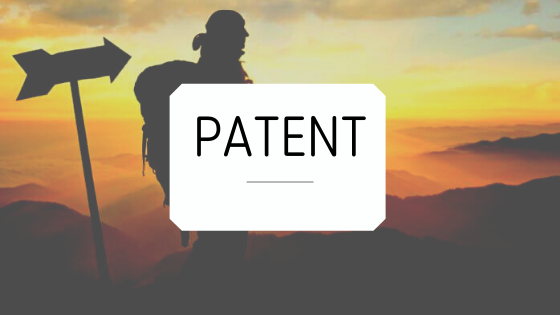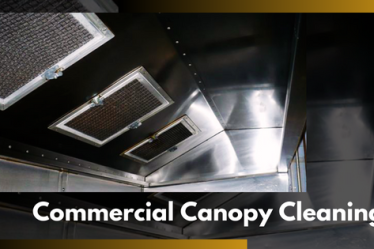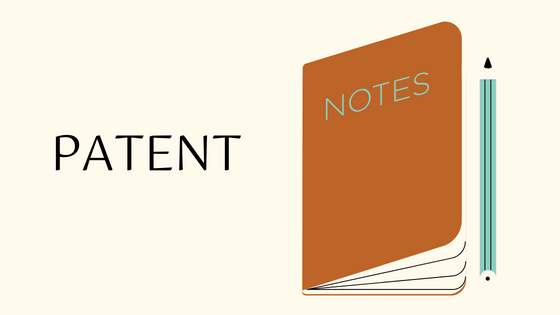
You are going to have to teach the Patent Attorney what your invention is. This means you should expect to describe:
- What the prior art was;
- What the main problems with the prior art were;
- What problem(s) your invention was meant to solve;
- What problem(s) your invention actually solved;
- How your invention works; (the ‘Best Mode’)
- Alternative embodiments, with relative advantages and disadvantages;
- What advantages it has over the prior art [(d) and (e) are ‘how your idea is better’]; and,
- What problems still remain that you haven’t solved.
The explanation will be verbal and may be graphic, as well. One of the patent attorney’s concerns will be understanding your invention; but a second major concern will be finding a great way to describe your invention — a way that both the experts in the field and the laypersons on the jury will both understand and agree with. Or get help for your invention from patenting agencies, they have more experience with inventions. So if you have any particularly vivid imagery, metaphor, or analogy, you should share it.

The more prepared you are, the less time and effort must be spent by the patent attorney (which means your cost is less). The very best clients bring all of the following:
- a survey of the relevant prior art, with references to both patents and technical literature, organized by primacy;
- a technical description of the invention;
- a list of the ‘pros’ and ‘cons’ of the invention when compared to the prior art;
- proposed language for what you’d like claimed; (don’t worry about getting these into ‘patent English’; but if you use a particular phrase not common in the literature, think of alternative words).
- proposals for how you’d ‘design around’ the invention to circumvent the patent once it issues;
- drawings of the invention, particularly of the variations; and, if one exists,
- a model of the best instantiation.
For more information about patenting visit https://www.kstatecollegian.com/2021/09/24/how-you-can-boost-the-chances-of-becoming-a-successful-inventor-with-inventhelp/.


